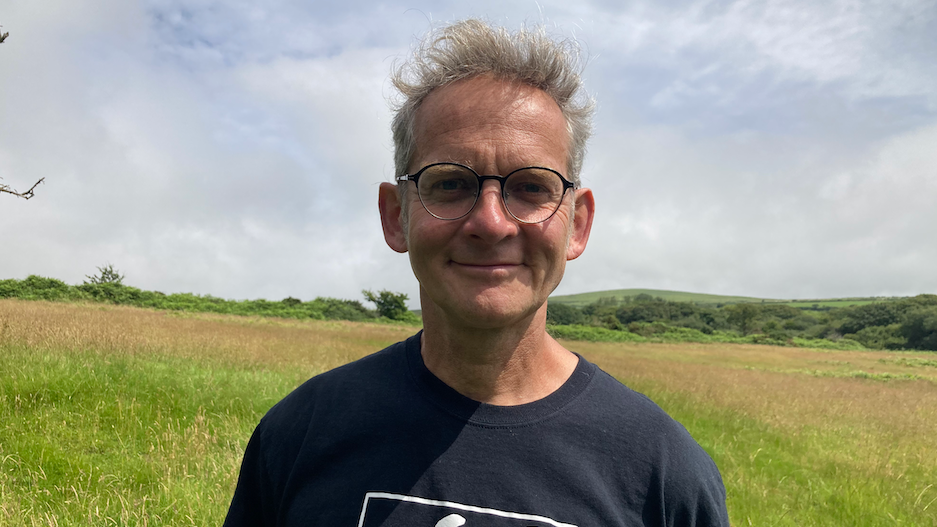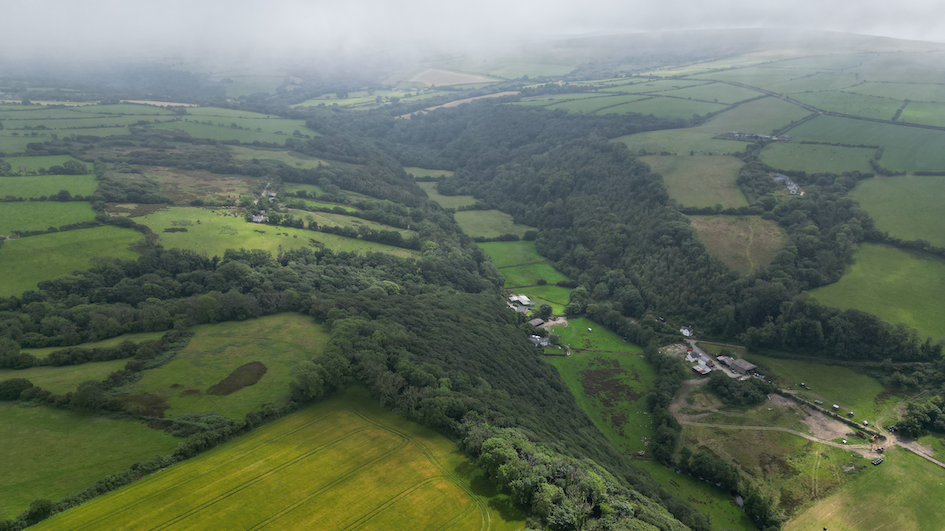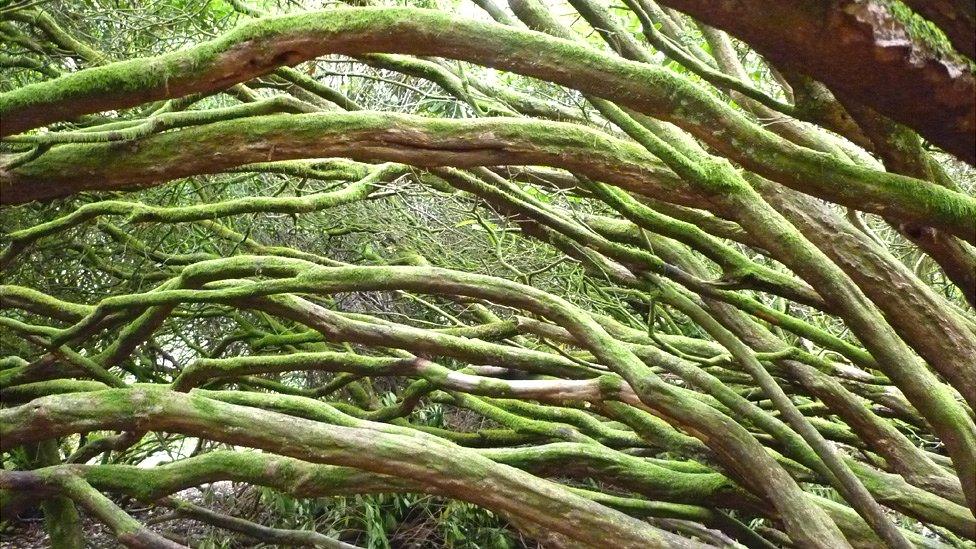Plan to restore west Wales' Celtic rainforests

Temperate or Celtic rainforests only exist on 1% of the planet, experts say
- Published
Rainforests used to cover much of the west coast of Britain, but were destroyed over hundreds of years and, today, only a few remain.
But thanks to Wales' rainy weather, some could be returned, with the latest restoration project planned in Pembrokeshire.
The proposal has the potential to improve habitats for wildlife in the area.
According to the Wildlife Trust of South and West Wales (WTSWW), only 1% of the planet has the conditions needed for this kind of rainforest.
How Wales' ancient rainforests inspired folklore
- Published18 February 2024
Eerie unseen world of Celtic rainforest revealed in UV light
- Published17 February 2024
The plan to grow rainforests in Wales
- Published18 May 2023
WTSWW is set to begin restoring a lost temperate rainforest near Fishguard.
A temperate rainforest, also known as a Celtic rainforest, can be found in places with high rainfall and humidity and a low annual variation in temperature.
Adam Dawson, a conservation officer, said: "Everyone's familiar with the Amazon rainforest of which 60 to 70% remains.
"We've got 1% remaining of this very precious and unique habitat. So we really need to work with what we've got left."
Unlike the tropical climate of the Amazon, a temperate rainforest is much wetter and cooler.
Mr Dawson added: "What we're trying to move towards is a place that's just felted with moss and teaming with life.
"It's plants growing on plants, the trees are the buildings that everything else is living on."
Experts say these rainforests are a unique habitat of ancient oak, birch and pine and can help with flood prevention and support biodiversity.

Conservation officer Adam Dawson says we need to make the most of the "precious" remaining spaces for temperate rainforests
"Creating rainforests creates sponges to soak water up," said Mr Dawson.
"So you're slowing down the surge flows that otherwise come down into the residential and urbanised areas."
The aim of the restoration is to increase biodiversity in the rivers and encourage tourism.
"If people can come and swim in the rivers, if people can paddle in the rivers, if people can fish in the rivers, then that's going to bring more people to this area if we've got good clean water."
The WTSWW is hoping to start planting seeds next year at the site, and hopes to start seeing the growth of the rainforest in three years' time.

It's hoped parts of this site will become a Celtic rainforest in 100 years
Tree planting has been a hot topic, with protests all over Wales earlier this year during the Welsh government's sustainable farming scheme consultation.
There is little diversity on the majority of the 146-acre land, with nearly all fields grazed by sheep, but there are some wetter areas and some hedgerows of blackthorn, hawthorn, hazel, oak, gorse and holly.
According to Mr Dawson, this restoration project would not drive farmers out of their land.
"We're working in parts of Wales that are relatively unproductive agriculturally," he said.
"In no way do we want to push farmers out. We need food production and we need farmers to manage our countryside."
Recent figures show only 640 hectares of woodland was created last year - just over 12% of the Welsh government's target of 5,000 hectares annually.
Gareth Clubb, director of charity WWF Cymru, said "we need to try and stop" destruction of rainforests.
"Then it's a case of trying to make sure that the environment is sufficient for the regrowth of forest and of course nature can take care of itself sometimes," he added.
"In post-industrial areas perhaps, if there's land that's left to its own devices, then we'll find that rainforests will start to grow."
Related topics
- Published5 September 2019

- Published20 May 2021

- Published28 February 2024
